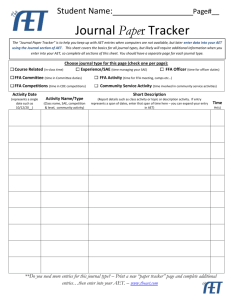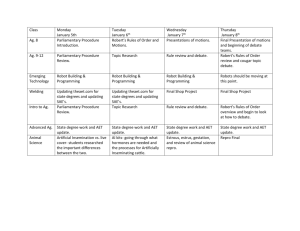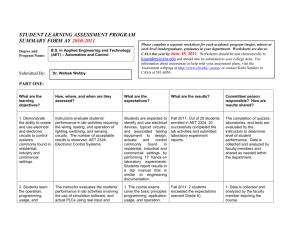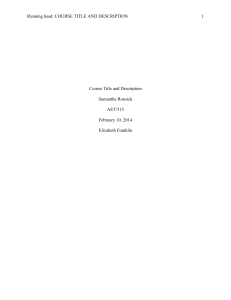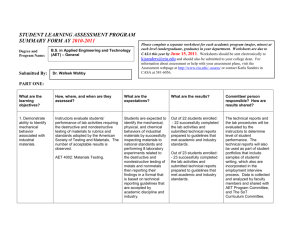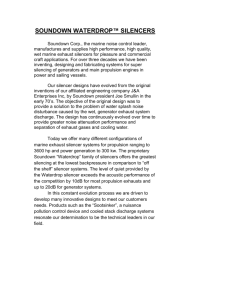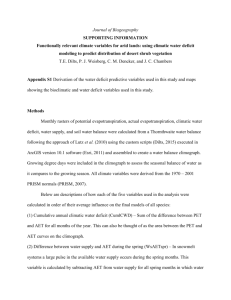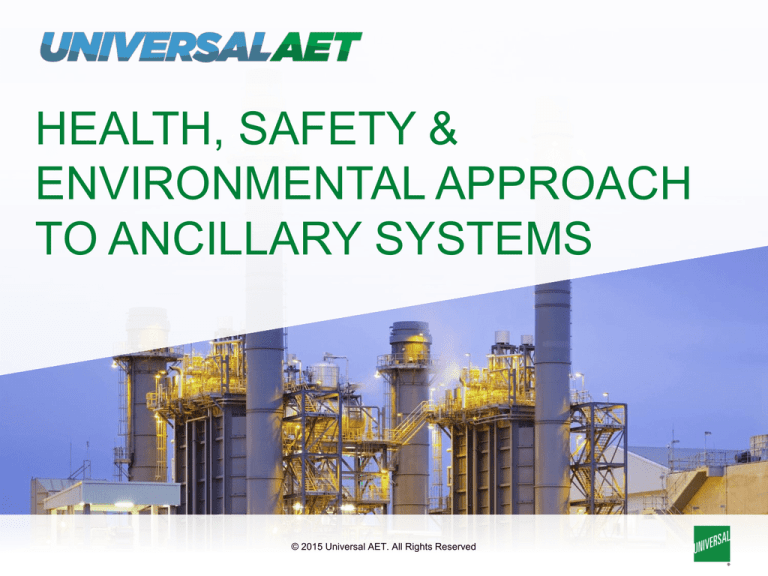
HEALTH, SAFETY &
ENVIRONMENTAL APPROACH
TO ANCILLARY SYSTEMS
© 2015 Universal AET. All Rights Reserved
AGENDA
Ancillary System Requirements
Primary Goal - Maintain “up-time” / equipment availability
Manage equipment noise
Reduce heat rejection
Achieve low level of emissions output
Protect equipment
Enable efficient operation
© 2015 Universal AET. All Rights Reserved
2
COMPRESSION STATION
Exhaust Noise
& Emissions
Ventilation Noise
& Filtration
Air Intake Noise &
Equipment Protection
Piping & Valve
Flow Noise
High Pressure
Blowdown Silencer
© 2015 Universal AET. All Rights Reserved
3
SYSTEM DESIGN APPROACH
A better solution can be achieved when all HSE requirements are considered
Design each system (intake, exhaust and auxiliaries) with the total station
goal in mind
Integrate functional requirements together to avoid unintended consequences
Example: External thermal insulation reduces the fatigue life of the
exhaust system
© 2015 Universal AET. All Rights Reserved
4
NOISE & EMISSIONS
Noise is limited by:
Exhaust emissions are limited by:
Laws, ordinances, regulations,
Laws, ordinances, regulations,
standards and guidelines
standards and guidelines
Contracts and specifications
And the existing environmental level
Frequently, only a +3 to +5 dB
allowable increase to the
existing environment sound
levels
Contracts and specifications
Local regulations due to existing
local air quality issues
© 2015 Universal AET. All Rights Reserved
5
SOME TYPICAL A-WTD SOUND LEVELS
© 2015 Universal AET. All Rights Reserved
6
COMMUNITY NOISE
World Heath Organization (WHO):
Critical Health Effects
Outdoor Residential Areas
Serious annoyance, daytime
and evening
55
16
Moderate annoyance, daytime
and evening
50
16
Sleep disturbance, windows
open
45
8
Speech Intelligibility
55
General annoyance
55
School playground
TAL, dB
Time
Base (hrs)
Specific Environment
*TAL – Time based A-weighted sound level
© 2015 Universal AET. All Rights Reserved
7
COMMUNITY NOISE
World Bank Group
Daytime:
07:00-22:00
Receptor Classification
Nighttime
22:00-07:00
Residential, Institutional, Educational
55
45
Industrial, Commercial
70
70
70 dB is the limit (at the property line) as it has been demonstrated that when
a new facility is built people will live adjacent to or near the facility
Exposure to continuous 70 dB sound level usually does not cause hearing
loss
© 2015 Universal AET. All Rights Reserved
8
NOISE CONTROL
The Noise Control Model:
Noise Source
Noise Path
Noise Received
This simple model is used to determine the best noise control or mitigation
approach; that is, which of the three elements is the best choice to control or
reduce the noise.
© 2015 Universal AET. All Rights Reserved
9
SOUND PROPAGATION MODEL
© 2015 Universal AET. All Rights Reserved
10
EXHAUST NOISE CONTROL
Silencer Design
Reduce sound level out the stack
Reduce sound through the walls
Durability and performance over all flow rates & temperatures
© 2015 Universal AET. All Rights Reserved
11
EXHAUST NOISE CONTROL
Internal silencer design
Perf steel
Wire screen
Needlemat
Completed baffle sections
Acoustic pack
© 2015 Universal AET. All Rights Reserved
12
BAFFLE CONSTRUCTION
Hidden perf sheet
seams to prevent flow
induced liner
Failure. 24”/610mm
panel width reduces
pack settling
All edges are captured
within liner frame
© 2015 Universal AET. All Rights Reserved
13
EXHAUST EMISSIONS
Restriction and sizing
optimized
Flow distribution is critical
System thermal design for
catalyst
Integrated monitor system
Catalyst integrated into
overall exhaust system
Typical emission reduction up to 90% CO & 80% VOC
© 2015 Universal AET. All Rights Reserved
14
EXHAUST EMISSIONS
Catalyst housing with flow
distribution plate shown
Catalyst elements installed with
serviceable mounting system
© 2015 Universal AET. All Rights Reserved
15
EXHAUST EMISSIONS
Flow through catalyst
is analyzed to insure
proper distribution
System configuration
(elbows and
transitions) can
greatly impact flow
Flow distribution at inlet of
catalyst housing
Distribution is critical
to catalyst
performance
© 2015 Universal AET. All Rights Reserved
16
EXHAUST EMISSIONS
Emissions Technology
We work with several catalyst suppliers
SCR partner if NOx reduction is required.
© 2015 Universal AET. All Rights Reserved
17
INTAKE NOISE CONTROL
Silencer Design
Reduce sound level out the filter house
Silencer must be “clean” as it is directly upstream of turbine or engine
High frequency noise requires critical silencer design
© 2015 Universal AET. All Rights Reserved
18
INTAKE FILTRATION
Alliance with key supply partners
Provide filtration technology
Improved turbine protection
Integrated with silencing, lower
pressure drop and smaller size
© 2015 Universal AET. All Rights Reserved
19
INTAKE FILTRATION
Filtration Options
Barrier filter panels or pockets
Cylindrical Pulse clean filters
Intake chillers, heated louvers, mist & water separators
© 2015 Universal AET. All Rights Reserved
20
EQUIPMENT AVAILABILITY
Ancillary System Design
Minimize thermal effects in exhaust systems
Protect acoustical materials to maximize life
Long filter life / service interval for intake systems
Minimize pressure drop in systems to improve turbine efficiency
© 2015 Universal AET. All Rights Reserved
21
THERMAL MANAGEMENT
“Lined” Exhaust System Thermal Design
150mm insulation
“Floating” liner
panels
© 2015 Universal AET. All Rights Reserved
Outer structural
shell is kept cool,
~60C to minimize
thermal stress
Thermally isolated
connection system
22
THERMAL MANAGEMENT
Temperature across
outer surface is
120C max, typical
temp is 40C
Stresses are well
below 75% limit for
long life
© 2015 Universal AET. All Rights Reserved
23
HEAT SHIELDING
Heat shields to reduce heat impact on surround area
Removable to allow service access to catalyst elements
© 2015 Universal AET. All Rights Reserved
24
PRESSURE DROP – SYSTEM PERFORMANCE
Intake filter
house &
silencer
Turbine
Exhaust
Silencer
© 2015 Universal AET. All Rights Reserved
25
ENCLOSURES & BARRIERS
Enclosures can provide both a noise control method and personnel safety
Acoustic performance level is flexible
ATEX compliant options
© 2015 Universal AET. All Rights Reserved
26
ENCLOSURES & BARRIERS
Barrier walls are another option
when noise source is directional
Provides isolation for additional
equipment
Piping yard
Separators
© 2015 Universal AET. All Rights Reserved
27
AUXILIARY EQUIPMENT
High pressure blowdown silencers
Provide a controlled release of
gas during maintenance &
system changes
Provide a safety relief in
over-pressure conditions
Can be designed for a wide
range of pressures & flows
© 2015 Universal AET. All Rights Reserved
28
STRUCTURAL DESIGN
Environmental conditions can vary greatly by
location – proper design is key to safety.
Critical inputs:
Expected wind speeds
Seismic activity
Wave motion for off-shore platforms or
FPSOs
© 2015 Universal AET. All Rights Reserved
29
STRUCTURAL DESIGN
Analytical Methods
Tools are used extensively to predict
stress levels, resonant frequencies,
bending moments, etc.
Design adherence to UBC, IBC or
other specialized codes
© 2015 Universal AET. All Rights Reserved
30
SUMMARY
A Full System view:
Functional requirements (acoustic, aerodynamic, thermal and dimensional)
Environmental inputs (wind, seismic, blast, etc)
Design Life requirements (years, thermal cycles, etc)
Inputs enable an integrated solution to best meet all requirements
© 2015 Universal AET. All Rights Reserved
31
THANK YOU
© 2015 Universal AET. All Rights Reserved


